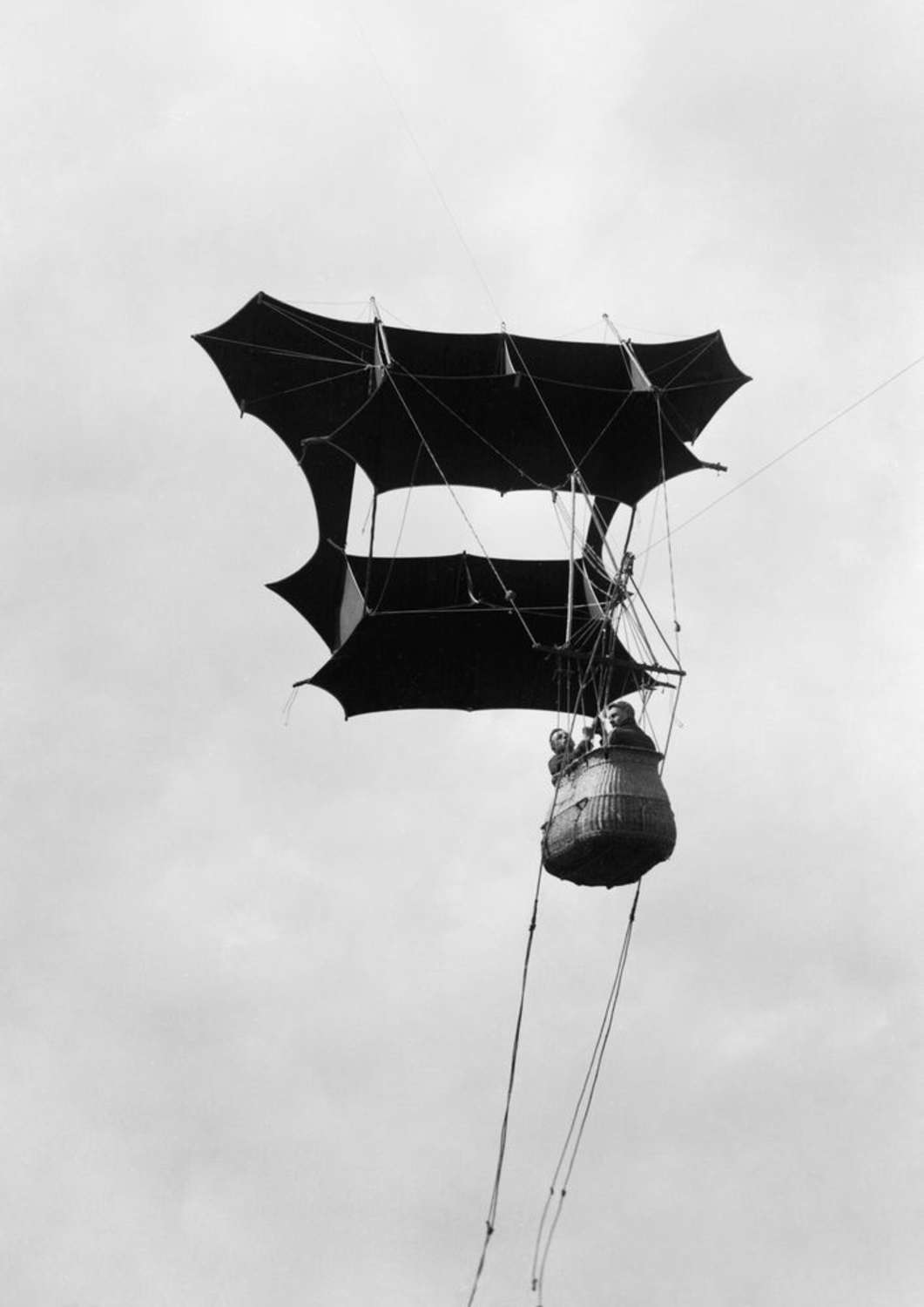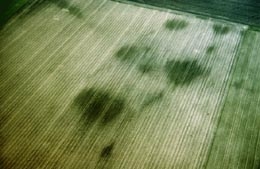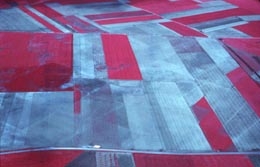- Home
- What is aerial archaeology ?
- What is aerial archaeology?
The ghostly reappearance of ancient land registries in the Santerre (Somme).
Aerial archaeology consists of looking for vestiges of the past from the air, and then of taking photographs of anomalies, often fleeting, which are clues to sites buried beneath the soil. These photographs are carefully studied, archived, and compared from season to season.
An aerial view provides the necessary perspective for a good understanding of the landscape and of certain telling phenomena that are sometimes diffcult — and even impossible — to see at ground level. The aerial archaeologist photographs ghosts of the past that fleetingly appear, as if by a miracle, and disappear just as mysteriously. The role of the aerial archaeologist is to freeze these ephemeral appearances — the fugitive, evanescent moment of the past. The flyer learns to watch his or her feet, like those who used to search, and still do. The keen nose of the "antiquarian" of yesteryear is nothing more than a sharpened sense of observation. One can play at being an aerial photographer, but not an aerial archaeologist.
Some scientific and historical training is necessary. An apprenticeship is necessary before starting to prospect, and the serious aerial archaeologist always checks his or her discoveries on the ground, photographs in hand. The principal quality of an aerial archaeologist is perseverance, to the point of being obstinate. It is not unusual for a site to be discovered only after dozens of fruitless prospecting attempts.
It is hoped that this web site will inspire the archaeologist as well as the hiker to rediscover, from the air or simply on the ground, the beautiful French countryside — impregnated with the past, molded and shaped by thousands of years of history and the work of the human hand…
A Gallo-Roman villa revealed by dark patches that correspond to the collapse of the stone walls of the various buildings, Quevauvillers (Somme).
The reappearance of ancient land registries.



